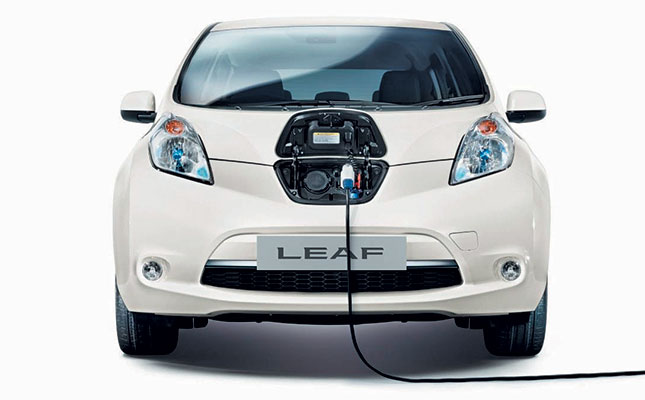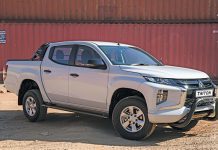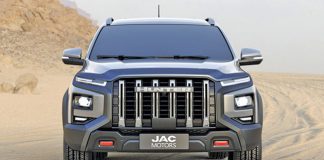
Photo: Nissan SA
Only two plug-in electric cars are currently available in South Africa: the Nissan Leaf, which sells for about R500 000, and the BMW i3eDrive, for about R612 000.
Overseas, however, electric cars are selling in respectable quantities in big cities.
Most people think an electric car is completely green, but that’s not quite true. This can be understood by looking at how greenhouse gas emissions from different vehicles are usually compared. Three comparisons are used.
Tailpipe emissions
A typical 1,5-litre petrol engine car will emit CO2 at a rate of about 140g / km. Similar-sized turbo-diesels will emit about 120g/km, and hybrids will emit about 85g/ km. The pure electric plug-in will score a round zero.
Energy source
The energy source in a piston engine is the fuel in the tank, while in the case of a plug-in, it is the power station. Emissions vary significantly between hydropower, solar power,
nuclear power and coal-fired power stations.
According to the US Department of Energy, a Toyota Prius hybrid and a Nissan Leaf plug-in electric will both pollute at a rate of 200g/ km if average US power station emissions are taken into account.
In California, where there are many ‘clean’ power stations, the Leaf’s pollution drops to 100g/ km, but Toyota’s level remains unchanged.
In Minnesota, where most power stations are coal-fired, the Leaf may pollute at a rate as high as 300g/km.
An article in the magazine Scientific American found that the time of day when charging takes place also plays a role.
In the US, many utility companies ring their coal-fired power stations onto the grid at night. Charging at this time worsens an electric car’s emissions. Charging during the day, when cleaner electric power sources are dominant, produces less pollution.
In some countries, coal-fired plants lack pollution controls, or they are not always engaged. Owning an electric car in such a country doesn’t make sense, but a hybrid could be the best compromise. South Africa has one clean atomic power station; the rest are dirty coal-fired facilities. About 77% of our energy needs are derived from coal.
Manufacturing
According to the Fraunhofer Institute in Germany, it takes more than twice the amount of energy to manufacture an electric car than a conventional one.
Batteries are the main culprit: it costs 125 000g of CO2 emissions to produce each kWh, so the manufacture of the 22 kWh battery fitted to the BMW i3e emits almost 3t of CO2.
An electric car may lose out in such a comparison.
Calculating the range of electric car
This calculation starts with the battery capacity, measured in kilowatt hours. Power (in kW) is energy divided by time, so that when you multiply power by time, the two time-terms cancel out and you end up with the fact that kWh is an energy unit.
The Nissan Leaf has a 24 kWh battery, meaning that any combination of kW extracted
from the battery multiplied by the time taken in hours that equates to 24 is within the battery’s capability.
Using full power will deplete the battery in one hour (24 x 1 = 24). If you drive more slowly and use only 12kW, you can travel for two hours (12 x 2 = 24). At low speed, using 6kW will enable you to travel for four hours (6 x 4 = 24). The claimed range is 172km.
The car has comprehensive instrumentation to keep you up to date with the battery’s condition, as well as the distance you can cover at your present speed before the battery requires a recharge.
Jake Venter is a journalist and a retired engineer and mathematician. Email him at [email protected].













